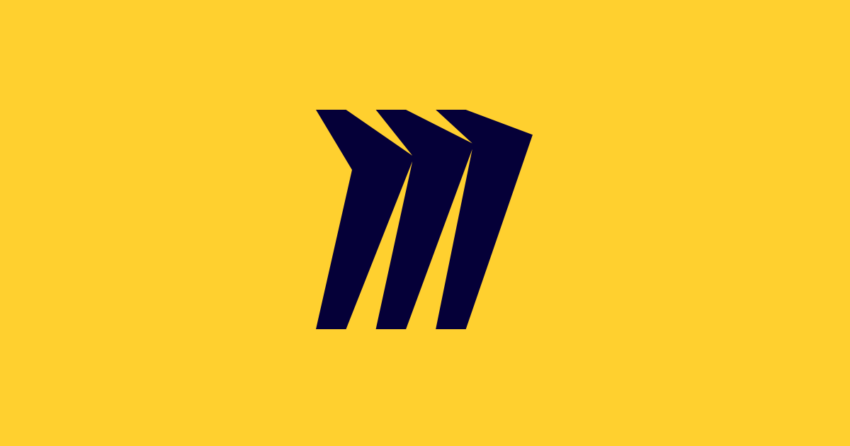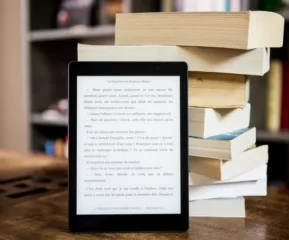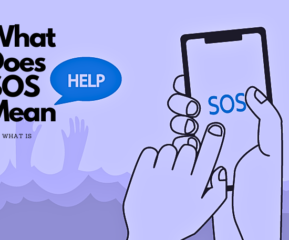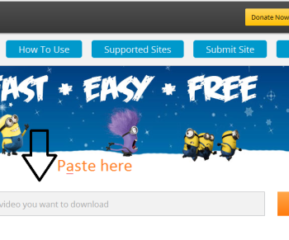Table of Contents
Introduction to Miro Board
Miro is a popular online collaborative whiteboard platform that allows users to collaborate, brainstorm, and work together in real time on a virtual canvas. Miro board is an interactive workspace where teams can come together to visualize, organize, and share their ideas.
Miro board offers a range of templates for different types of projects and use cases, such as agile workflows, product roadmaps, user journey mapping, and more. Users can add sticky notes, shapes, images, and other visual elements to the board, and also use a variety of built-in tools to annotate, highlight, and draw on the board.
Miro board also allows for seamless collaboration and communication, with features such as real-time editing, commenting, and video conferencing. Users can invite others to join the board and work together, regardless of their location or device.
How to Use Miro Board for Remote Work?
Miro board is a powerful tool for remote work, enabling teams to collaborate and work together on a virtual canvas. Here are some tips on how to use Miro board effectively for remote work:
1. Create a visual workspace
Create a Miro board for your project or team, and use visual elements such as sticky notes, shapes, and images to organize your ideas and tasks. You can also use templates to get started quickly.
2. Collaborate in real-time
Miro board enables real-time collaboration, so you can work together with your team members regardless of their location. Use the commenting and @mention features to communicate and give feedback on the board.
3. Use video conferencing
Miro board integrates with video conferencing tools such as Zoom and Google Meet, allowing you to have virtual meetings and brainstorming sessions while collaborating on the board.
4. Track progress
Use the timer and voting features to track progress and make decisions as a team. You can also use the task management and workflow features to assign tasks and track their progress.
5. Share and export
Share your Miro board with team members, stakeholders, or clients, and export it as a PDF, image, or spreadsheet for offline use or sharing.
Benefits of Miro Board for Project Management
Miro Board offers a range of benefits for project management. It allows teams to visualize workflows, identify dependencies, and track progress. The real-time collaboration feature enables team members to work together regardless of location, streamlining communication and improving productivity. Miro Board also offers task management features and templates, making it easier to manage projects and increase efficiency.
Visualize project workflows
Miro board allows teams to create visual workflows that can help to identify dependencies, bottlenecks, and areas for improvement. This can be particularly helpful for complex projects with many moving parts.
Collaborate in real-time
Miro board enables real-time collaboration, so team members can work together on the board regardless of their location. This can help to reduce communication barriers and improve productivity.
Streamline communication
Miro board allows team members to communicate and give feedback directly on the board, reducing the need for back-and-forth emails or messages. This can help to streamline communication and improve clarity.
Track progress
Miro board offers a range of features for tracking progress, such as task assignments, due dates, and progress tracking. This can help to ensure that the project stays on track and meets its goals.
Increase engagement
Miro board can help to increase engagement among team members by providing a collaborative and interactive workspace that allows for brainstorming, ideation, and feedback. This can help to build a sense of ownership and investment in the project.
Enhance creativity
Miro board offers a range of visual tools and templates that can help to enhance creativity and innovation among team members. This can help to generate new ideas and solutions for complex problems.
Miro Board for Mind Mapping
With Miro’s intuitive interface and a vast array of features, users can quickly and easily create mind maps that capture their ideas and thoughts in a visual format. The platform allows for real-time collaboration, making it easy to work with teams across different locations.
Miro also offers numerous integrations with other popular tools like Trello, Google Drive, and Slack. Whether you’re brainstorming ideas, organizing complex projects, or visualizing complex concepts, Miro’s mind-mapping feature can help you get the job done.
- Collaborative mind mapping: Miro Board enables real-time collaboration, so team members can work together on the same mind map in real-time, regardless of their location. This can help to generate new ideas and foster a sense of teamwork and engagement.
- Visual organization: Miro Board allows you to create a visual representation of your ideas, making it easier to see connections and relationships between different concepts. You can use a range of visual elements such as sticky notes, images, and shapes to organize your ideas.
- Flexibility: Miro Board offers a range of templates for different types of mind maps, such as brainstorming, decision-making, and project planning. You can also customize your mind maps to suit your needs, adding or removing elements as required.
- Accessible: Miro Board is cloud-based, meaning that you can access your mind maps from anywhere and collaborate with team members or stakeholders regardless of their location.
- Exporting: You can export your mind maps as images or PDFs, making it easy to share your ideas and collaborate with others outside of the Miro Board environment.
How Miro Board can be used for strategic planning?
Miro Board is a powerful tool for strategic planning. It can be used to brainstorm ideas, conduct SWOT analysis, create action plans, track key performance indicators, and collaborate with team members in real time. Miro Board provides a flexible and visual platform for strategic planning, enabling teams to organize their ideas and adjust their strategy as needed.
1. Brainstorming
Miro Board can be used to gather ideas from stakeholders and team members during the initial stages of strategic planning. Teams can create virtual sticky notes and move them around the board to organize ideas and identify key themes.
2. SWOT analysis
The board can be used to conduct a SWOT analysis, where teams can identify strengths, weaknesses, opportunities, and threats. This analysis can help teams identify key areas where they need to focus their strategic planning efforts.
3. Action planning
Once teams have identified their key goals and priorities, they can use Miro Board to create an action plan. This plan can be visualized on the board, with tasks assigned to team members, deadlines set, and progress tracked.
4. KPI tracking
Miro Board can be used to track key performance indicators (KPIs) relevant to the strategic plan. Teams can create charts and graphs to visualize progress and identify areas where they need to adjust their strategy.
5. Collaboration
It enables teams to collaborate in real time, regardless of their location. This can be particularly useful when multiple teams or stakeholders are involved in the strategic planning process.
Conclusion:
The blog discusses the benefits and applications of Miro Board, a versatile tool for collaboration, brainstorming, and project management. The post highlights the various ways in which Miro Board can be used for remote work, design thinking, Agile methodology, user experience design, and classroom collaboration, among other areas.
Additionally, the blog explains how Miro Board can be used for strategic planning, including SWOT analysis, action planning, and KPI tracking. Miro Board’s flexibility and real-time collaboration features make it a valuable resource for any team seeking to optimize its workflow and increase productivity.
- AI’s Impact on Personalization, Analytics, and Retention in Gaming - April 12, 2024
- The Marketer’s Marathon: Long-Distance Strategies for Sustained Traffic Growth - March 29, 2024
- What Is MagSafe for iPhone? A Quick Guide - March 18, 2024





